Naming Conventions in Azure

Why having a good name convention in Azure have a huge importance?

Why having a good name convention in Azure have a huge importance?
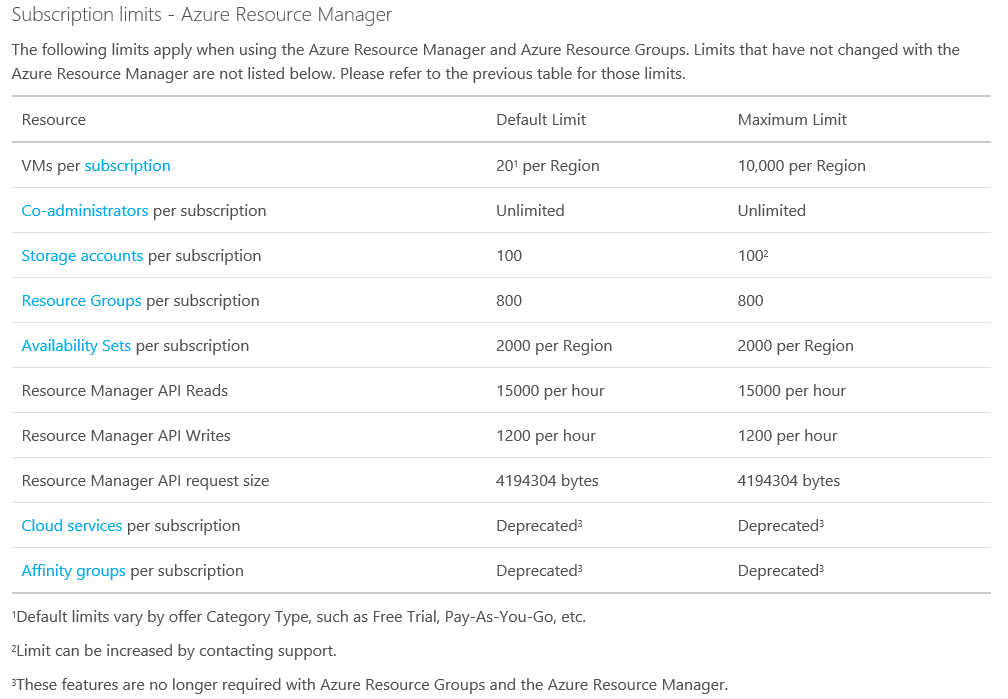
On the previous blog post (see here), we saw the characteristics of an Azure subscriptions. Now lets see how we can architect the Azure Subscription model, using best practices.

Frequently when I’m working on an Azure Foundation project, one of the topic that I like to explore is the Azure Subscriptions. These series of blog post will detail all the information that is required to know to architect a...

This is a continuation of the previous blog post http://azurecentric.com/2017/02/13/store-backup-recover-your-data-part-1/

Let’s first understand why Cloud makes for a great storage option?
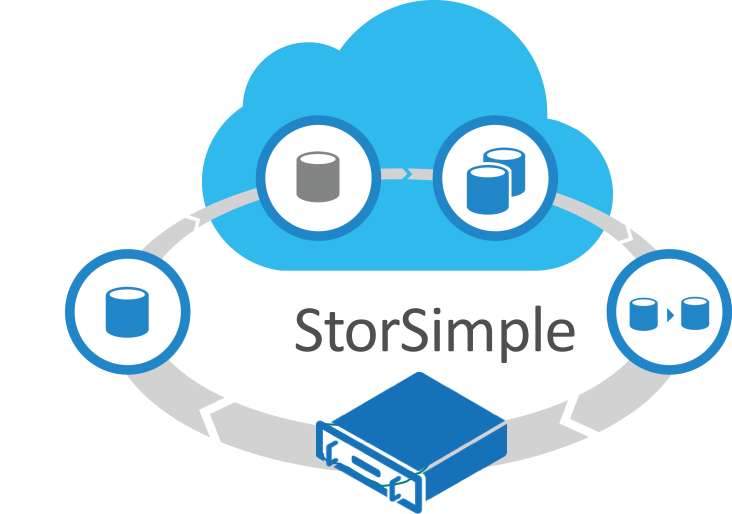
Cloud storage is the ideal way to handle the exploding demand for storage across industries. By moving data that is less frequently accessed to the cloud, you free up space on-premises while bringing down costs.

With terms like cloud storage, backup and disaster recovery floating around, it can help to take a step back and get a better idea of what each of these really mean and how each can benefit your business.

Today, the Internet of Things (or IoT) is a difficult trend to define precisely as there is no standard definition for it, and everyone has a different meaning. Before we go any further, let’s take a moment to talk about...

When deploying Azure VMs, in addition to configuring the platform-specific settings (such as Azure Storage or networking parameters), you can also configure the operating system and applications running in the VM. This ability depends on a software component called the...

Once you have created an Azure VM instance with the default settings, you will be able to connect to it.

Creating a new VM by using the Azure Portal is a relatively straightforward process. However, it involves several steps, which you should be familiar with to implement the most optimal configuration. The first step involves choosing the origin of the...
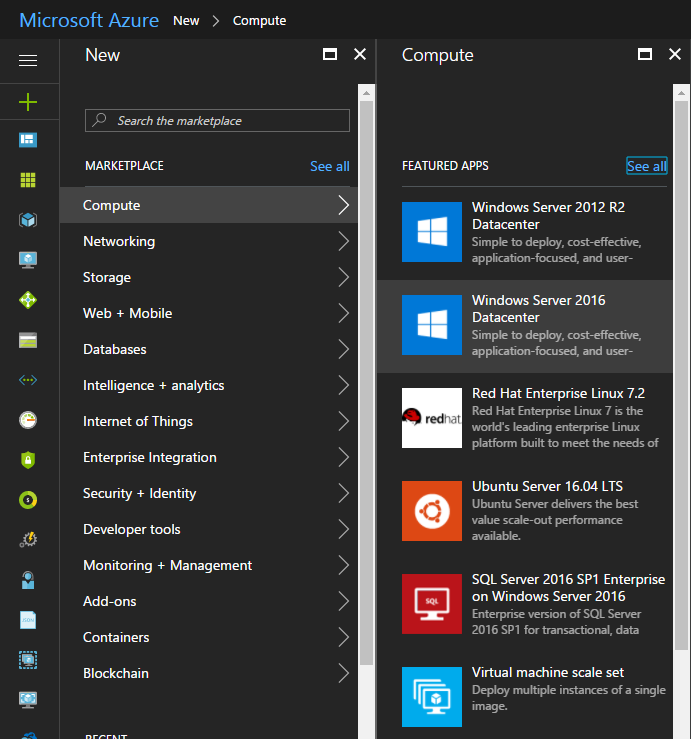
To create an Azure Resource Manager virtual machine from the Azure portal, perform the following steps: Sign in to the Azure portal at portal.azure.com. On the Hub menu, click New, click Compute, and then click Windows Server 2016 Datacenter. On...

You can also create Azure VMs by using Azure Resource Manager templates. This option relies on the capability to describe an Azure Resource Manager deployment by using an appropriately formatted text file, referred to as an Azure Resource Manager template....

When you need to create a consist method where you want to give to the end-user, that is consuming resources on your cloud, the power of creating resource like virtual machines, but you want to control lot of the environment...

You can create still classic virtual machines from the Azure portal or by using Azure PowerShell. Although, Microsoft doesn’t recommend because it’s an old platform that they want to move away from it.

The Azure SDK is a collection of tools, runtime binaries, client libraries, and templates that considerably simplify the development, testing, and deployment of Azure services and applications. Note: The Azure SDK is available for several development platforms, including Microsoft .NET,...

I have been a heavy Windows user for many years, but lately I have been using another OS to increase my vision and experience. But the issue is, PowerShell is a Windows OS based, and usually is not available on...

Cloud technologies generally enable you to minimize or eliminate capital expenditures completely. They also might help customers lower their operational costs. These principles are applicable to Azure and are reflected in its pricing model.

After you install the Azure PowerShell modules, you can connect the Azure PowerShell session to the Azure subscriptions that you want to manage. To establish this connection, you first need to authenticate by using an account that exists in the...

On Windows Server 2008, Microsoft introduces us back to the world of the command line with PowerShell. At the beginning, I must admit, at that time I was a bit reluctant to this command line tool, because I’m a GUI...

You probably see on a Microsoft Azure presentation the slide that shows the footprint of Azure. It seems incredible. Look awesome on the slide, but when you are deploying the workloads and designing the solution in Azure, its where the...
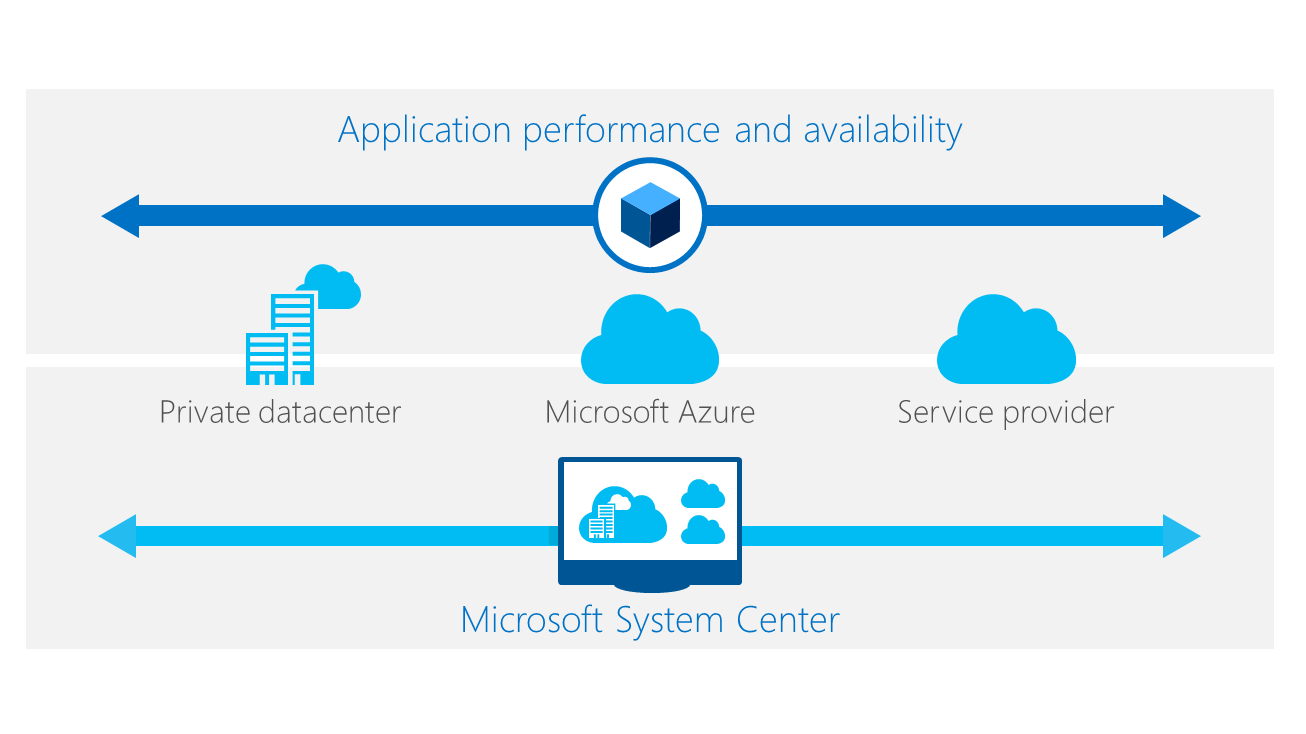
This post is a continuation of series of posts about Transform your datacenter. You can see the previous post: Transform the Datacenter – Part 1 Transform the Datacenter – Part 2 – Software-defined Datacenter Transform the Datacenter – Part 3...

I’ve talked about the infrastructure fabric, and how there are enhancements available in Windows Server 2012 R2 on the previous blog post (see here). But how do you think about the services that run on top of that infrastructure? How...
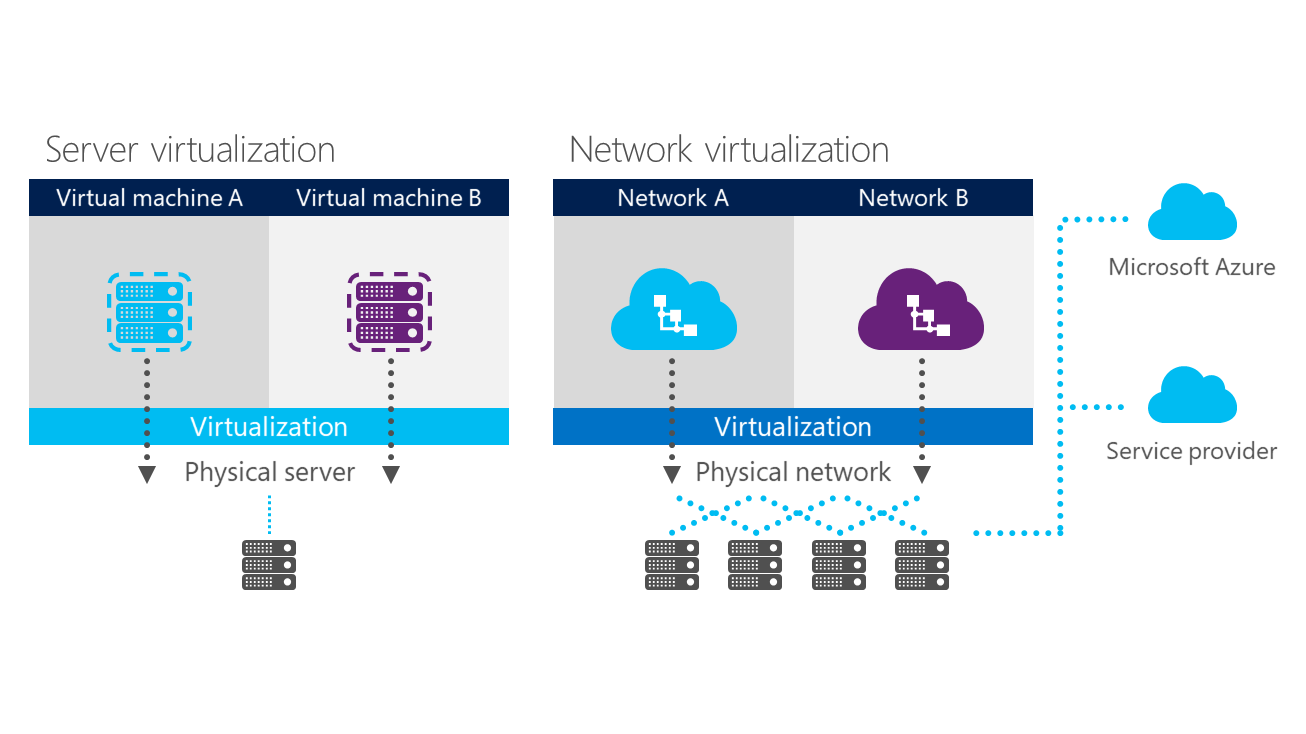
This post is a continuation of series of posts about Transform your datacenter. You can see the previous post here.

The goal of the series of posts, is based on one of my previous blog post about What we are learning from the cloud (see here). The idea is talk about the datacenter transformation that I’m seeing happening more frequently...

From the past 8 years, we are seeing this transformation called CLOUD! It’s started with Public and Private! But from those early days what we learn from the Cloud?
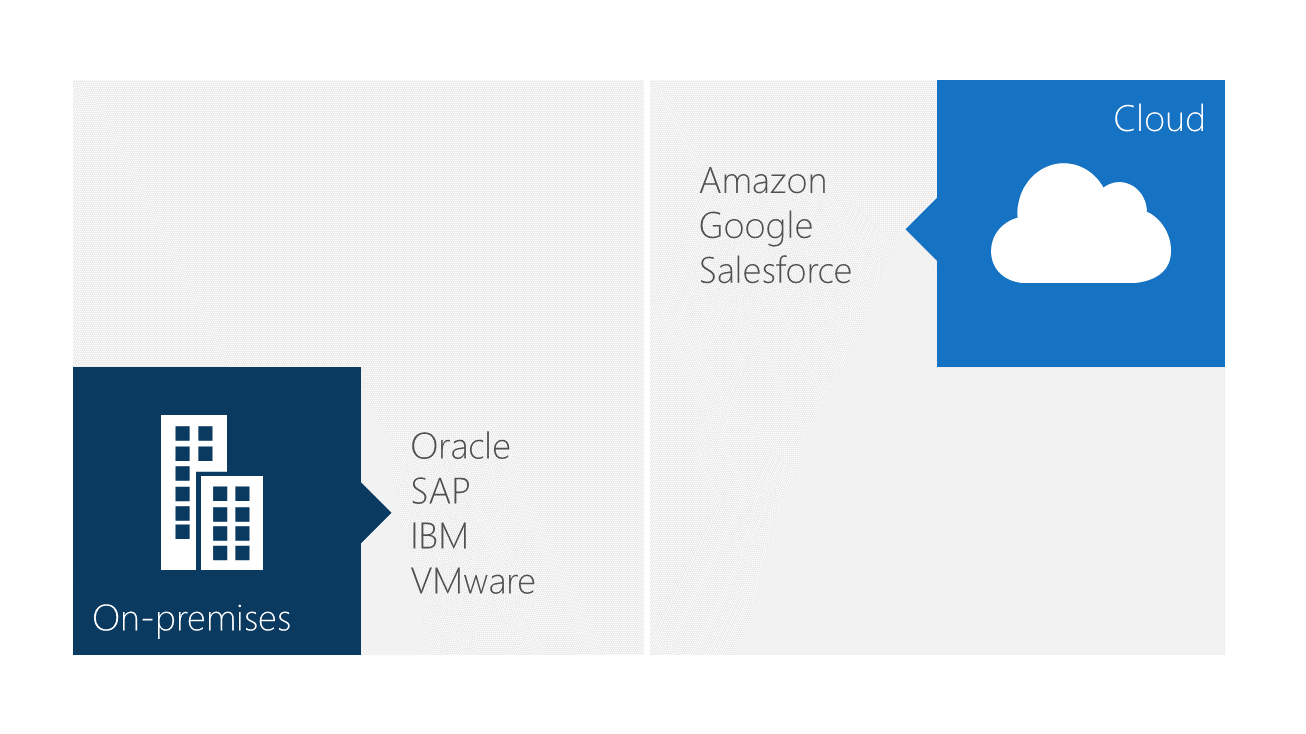
When we talk about cloud to any organization, these are always some of the Key Points that frequently we should address: Most on-premises applications vendors recognize that the cloud is part of their customer’s future, but don’t have an actionable...

Right now, Azure allows us to use the classic and the ARM portal. They might be very similar, except the end-user experience (in this case the portal himself), because you can create virtual machines in both. Although there is a...
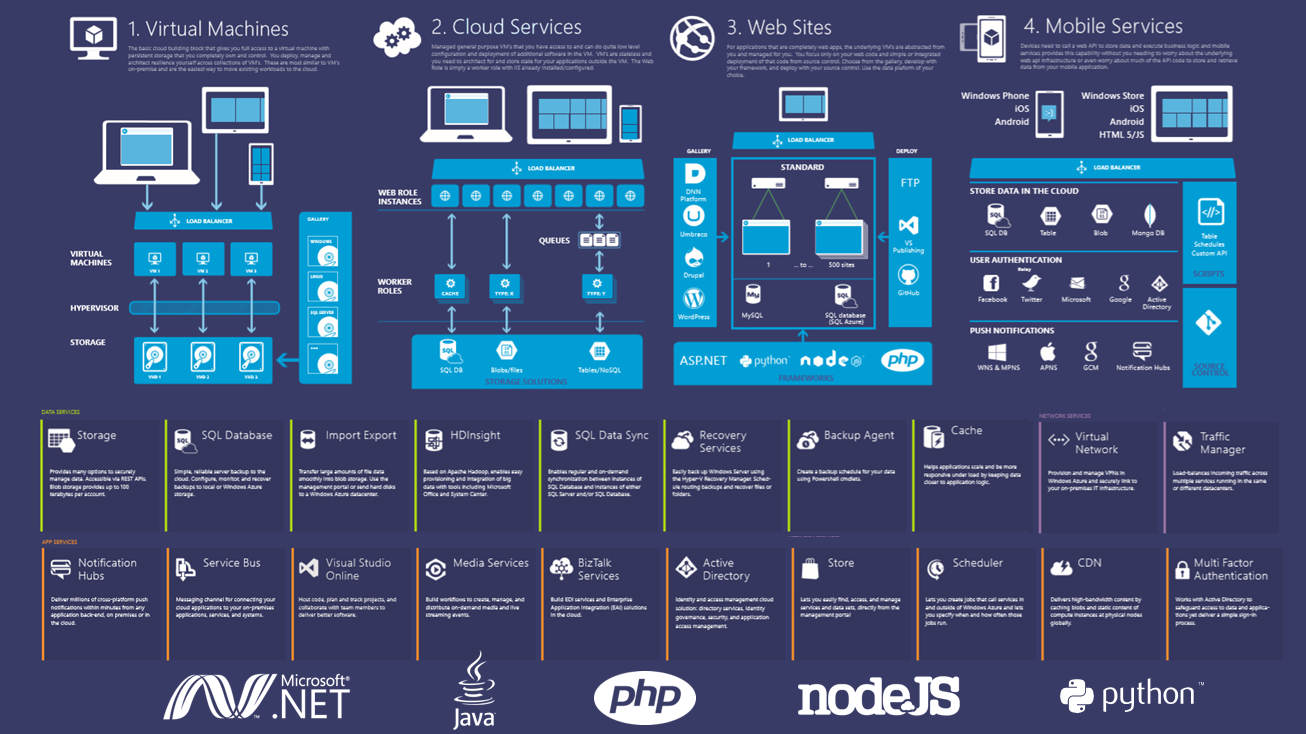
While i was doing my annual backup, i found this in the middle. This will give you a bit what are the main services that i normally use or at least a see the majority of the organizations, that i...

How can we be up-to-date with all the new or enhanced features on Azure if this is what Microsoft had been working on in the last 18 months.